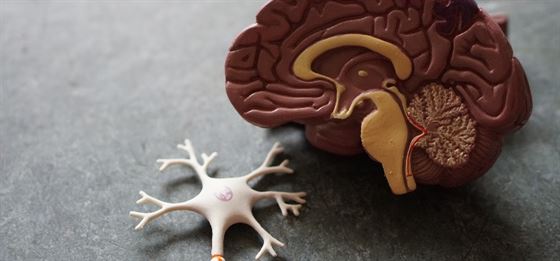
Helping Your Child Through a Tantrum

An outburst, a tantrum or a meltdown is an overwhelming experience for both a child and the parents. Learning how to respond in these moments can be tricky, but it is important for everyone involved that you handle them with patience and understanding.
What Causes Tantrums and Meltdowns?
Tantrums and meltdowns can be caused by a variety of factors. They are often triggered by a child’s feelings of powerlessness, frustration and fatigue. It is important to remember tantrums and meltdowns are the results of an overwhelmed child, not a bad one. Research has found evidence tantrums in children are common between the ages of two and three but in some instances, children as young as 12 months may exhibit signs of tantrums. According to a study, toddlers can experience tantrums at least once per day. Similarly, 20% of two-year-olds, 18% of three-year-olds and 10% of four-year-olds tend to throw a tantrum. When it comes to a meltdown, the situation can be more complex as they often stem from sensory issues or meltdowns as a result of anxiety or depression. It is important to remember when a child is having a meltdown, it is beyond their control and should be treated with sensitivity.
11 Ways to Help You Handle a Child’s Tantrum or Meltdown
Handling a child’s outburst can be daunting, but here are some tips to help you get through it:
1. Stay Calm
No matter what your child may be doing, it is important for you to remain as calm and collected as possible. Kids can sense when you are getting frustrated or angry and this will likely only escalate their tantrums.
2. Acknowledge the Feelings
Rather than trying to stop your child’s meltdown right away, take a moment to acknowledge their feelings and validate them. This can help create a sense of understanding and let them know their emotions are valid.
3. Offer Comfort and Reassurance
It is important for your child to feel comforted during the tantrum, whether it be by hugging them or simply speaking softly to them in a reassuring voice. This will help them quickly calm down.
4. Give Choices
Giving your child options and choices can help them feel like they have some level of control over the situation when they are feeling out of control. This may include things like “Do you want to stay here or go outside?” or “Would you like a snack or a drink?”
5. Distract and Redirect
Distraction and redirection can be powerful tools for dealing with a tantrum, so try to find ways to draw their attention away from what is causing the meltdown in the first place. Activities such as singing, playing games together or reading stories can work well for this.
6. Set Limits & Boundaries
Children need to understand and respect limits and boundaries, so when faced with a tantrum it is important to set them. Explain to your child why their behavior is not acceptable clearly and gently.
7. Ignore the Tantrum
If possible, try not to give too much attention or energy to the tantrum itself. This often only encourages and reinforces negative behaviors, making it more likely the tantrum will happen again in the future.
8. Follow Through With Consequences
It is important that once you have set limits and boundaries, you follow through with consequences when these are not respected or adhered to. This could be anything from a time-out for younger children or removing privileges for older kids (e.g. taking away phone or computer time).
9. Use Positive Reinforcement
Using positive reinforcement is a great way to encourage and reward appropriate behaviors. This could be as simple as praising them when they respond appropriately during tantrums or giving them a sticker or another small incentive when they’re behaving well.
10. Try No-Drama Discipline
The No-Drama Discipline technique uses a unique approach to discipline that involves solving the problem rather than punishing the child. This technique teaches your child how to be responsible for their actions, develop self-control, help set clear boundaries and expectations and encourages positive behavior.
11. Take Care of Yourself
Taking care of yourself is just as important as taking care of your child. If you are feeling overwhelmed or frustrated with the situation, take some time for yourself to regroup and come back with a fresh perspective and calm energy.
Learning how to effectively handle a child’s tantrums can be a challenging process, but with these tips, you can make sure you are equipped to handle it appropriately. By following these tips you can help avoid future meltdowns and manage the ones which do occur more effectively, preventing further distress for everyone involved. Hopefully, they will help you handle your child’s tantrums with confidence. Remember to stay calm and acknowledge your child’s feelings and you will be well on your way to managing the situation.
Articles
Build your awareness and get inspired with our researched articles on how you can strengthen your well-being
Popular Topics
An OTP has been sent to the email address
provided.
Please check your Inbox and Spam folders.

What Would You Like to Speak with a Specialist About?
Mental Fitness Journey starts Now!
Chearful Connects you with Top-tier Qualified Wellness specialists for the Price of a cup of Coffee!

Next Steps
- A Client Team member will reach out to you to schedule a session with the most suitable specialist.
- You will receive an email with a 10% Discount Code* for your 1st session.
- We invite you to Explore the Platform & Sign Up today! *Upto a maximum of $10 discount on a session purchased




 2948 Read
2948 Read



.jpg)







.png)
.jpg)

.jpg)

.jpg)




.jpg)






































.jpg)


.jpg)
.jpg)










































